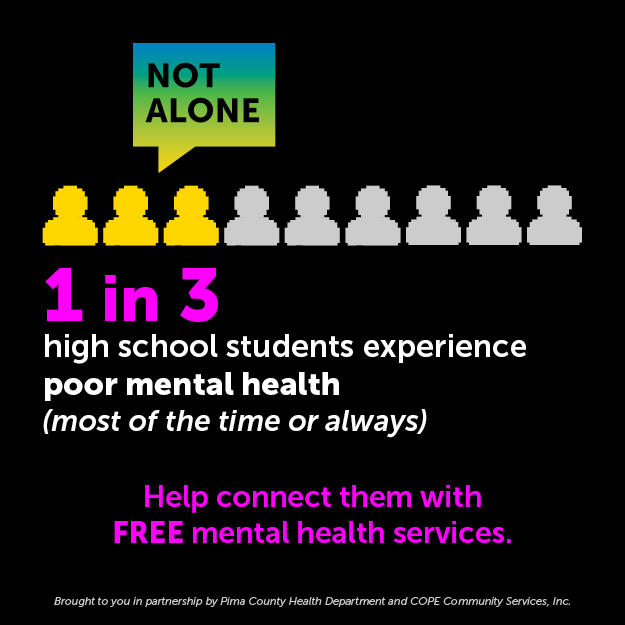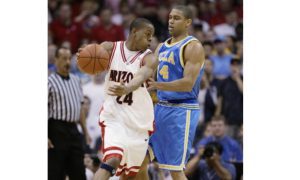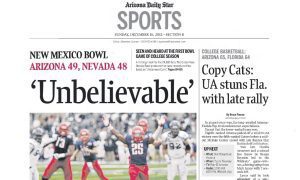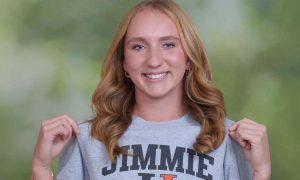What makes Arizona’s 1996-97 national championship team even more special is the fact it had the least amount of returning experience of any team that reached the Final Four under Lute Olson.
Entering that season, the roster combined for an average only 0.9 years of experience at the Division I level.
For all the grief Sean Miller has taken from fans and some media because of the onslaught of one-and-done recruits and one-year-eligible graduate transfers, the experience level of the 1996-97 title team is less than all but one of Miller’s teams at Arizona.
The 2016-17 Sweet 16 team with freshmen Lauri Markkanen, Kobi Simmons and Rawle Alkins went 32-5 and had an average of only 0.7 years of experience at the outset of the season. That’s the only Miller team with less experience combined than the 1996-97 team.
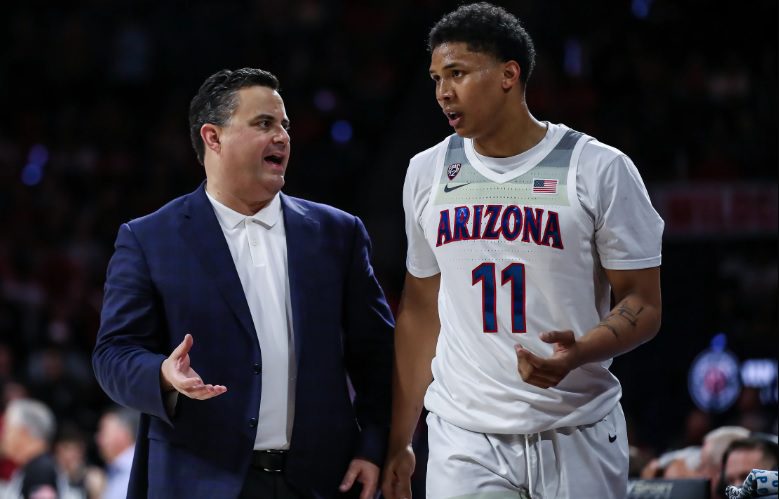
Miller’s teams have not gone past the first round in three of the previous four seasons to this one (which was cut short because of the COVID-19 pandemic). The last four teams have combined for 39 losses.
In that span, Arizona has included six one-year-eligible transfers (Ryan Anderson, Mark Tollefsen, Ryan Luther, Justin Coleman, Max Hazzard and Stone Gettings) and five one-and-done recruits (Markkanen, Simmons, Deandre Ayton, Zeke Nnaji and Nico Mannion). Expect a sixth — Josh Green — soon.
Three others in that time frame have also transferred after essentially one year in the program — Justin Simon, Emmanuel Akot and Devonaire Doutrive.
Fourteen players of one year of service to the program in the last five years– that’s a whole roster.
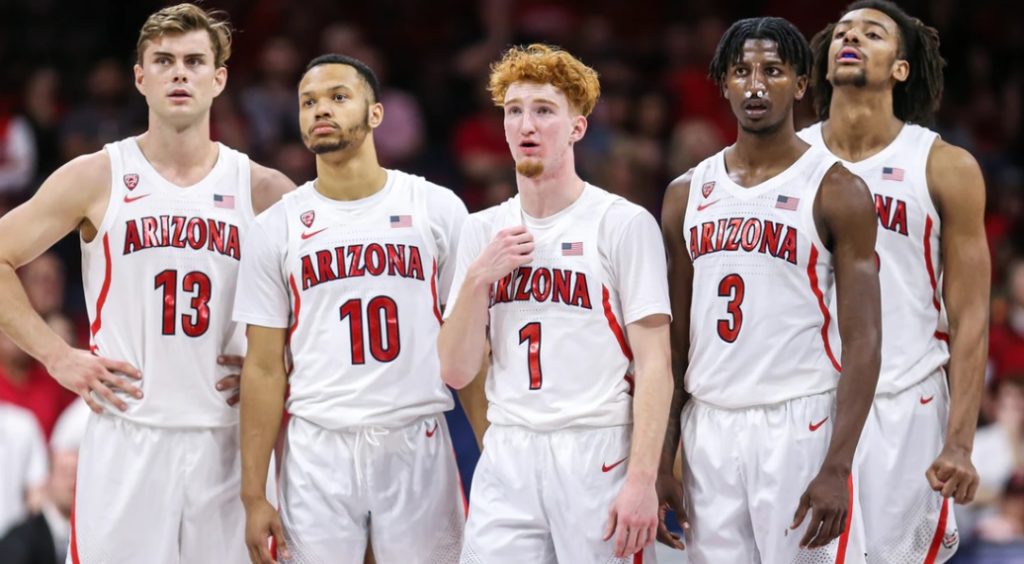
It is a drastic amount of one-year players, which has to be unsettling for Miller in terms of chemistry and the inability to instill “the process” he talks about often. How can you “honor the process,” which has become too much of a cliche statement these days, when the process lasts all of about five to six months for these players in their Arizona careers?
Experience in a program is significant, but looking at the data, chemistry and the luck factor impact a team’s success the most. As history has shown at Arizona, a team can be vastly more experienced than another and have less to show for it.
The 1996-97 team had nine losses, yet still won the national title despite having no seniors who were scholarship players. The team from the previous season (1995-96 that went to the Sweet 16) had much more experience with five seniors — Joseph Blair, Corey Williams, Joe McLean, Ben Davis and Reggie Geary. The 1996-97 team was comprised of only 38.8 percent of the minutes played and 36.6 percent of the scoring from the 1995-96 team.
The returners in 1996-97 included juniors Michael Dickerson and Miles Simon as the veterans along with sophomores Jason Terry, A.J. Bramlett and Donnell Harris — all of whom did not start as freshmen.
The team had four newcomers — freshmen Mike Bibby, Eugene Edgerson and Josh Pastner (not on scholarship for his basketball ability but for his young coaching mind) and junior college transfer Bennett Davison.
To think that team took down three No. 1 seeds on the way to the title, including an experienced top-ranked Kansas team that had seniors Jerod Haase, Scot Pollard and Jacque Vaughn and junior Raef LaFrentz.
What turned the trick? A magical run in which Arizona gained momentum through some fortunate turn of events after surviving a first-round scare against South Alabama. The Wildcats played a No. 12 seed — College of Charleston — in the second round after the Cougars upset No. 5 Maryland in the first round. Arizona weathered three missed 3-pointers by Kansas in the waning seconds of its win over the Jayhawks, and then it faced No. 10 seed Providence in the Elite Eight, surviving in overtime to reach the Final Four. The Friars upset No. 2 seed Duke in the second round.
A team of destiny, it seemed, Arizona — which beat its first four opponents in the NCAA tournament by a combined 19 points — was not denied against North Carolina and Kentucky in the last two rounds.
The program’s most popular team, the 1987-88 team that achieved the first trip to the Final Four, was the most experienced of Olson’s teams that went that far. The team of seniors Steve Kerr, Craig McMillan, Tom Tolbert and Joe Turner and juniors Sean Elliott, Anthony Cook and Kenny Lofton, had an average experience of 2.4 years going into that season.
The Wildcats, 35-3 including a 17-1 record in the Pac-10, came up short against Oklahoma in the Final Four at Kansas City because of cold shooting from 3-point range (6 of 23 including a 2-of-12 performance by Kerr) and an uncharacteristic 15 turnovers (including six by Elliott). Oklahoma also outscored Arizona at the free throw line 22-8. A stroke of bad luck hit Arizona at the wrong time.
The luck was lost but the chemistry was there for Arizona to win 35 games and become the darlings of Tucson, with a welcome gathering at McKale Center the same night the Wildcats earned the trip to the Final Four and a celebration at Arizona Stadium upon returning from Kansas City.
The 2000-01 team that reached the NCAA championship before losing to Duke — when Gilbert Arenas was ineffective because of a bum shoulder suffered in the Final Four win over Michigan State — had a robust average of 1.8 years of experience with 92.1 percent of the minutes played and 93.3 percent of the scoring returning from the previous season.
The 1993-94 Final Four team with senior guard Khalid Reeves and junior backcourt mate Damon Stoudamire also averaged 1.8 years of experience. The Wildcats made only 6 of 32 attempts from 3-point range, including a 2-of-13 night by Stoudamire and an 0-of-9 struggle by Reeves, in the loss to Arkansas in the Final Four that year. Stoudamire and Reeves combined to make 11 of 43 (25.6 percent) shots from the field. They couldn’t shoot that bad again if they tried.
[table “71” not found /][table “70” not found /]
The teams Miller has produced in recent years have been mostly void of luck, chemistry, experience and continuity — a deadly combination.
Added to that is all the off-the-court drama of assistant coaches Book Richardson (FBI sting) and Mark Phelps (alleged reported tampering of transcripts of recruit Shareef O’Neal) getting fired and the pending NCAA investigation into possible recruiting violations in the aftermath of the FBI’s probe into corruption in college basketball. A cloud — better yet, a storm — has hovered over the program since 2018.
With an array of transfers filling roster spots for 2020-21, including recently committed graduate transfer Terrell Brown of Seattle, Miller will be tasked with having to put together the pieces to another puzzle after not being able to make the pieces fit in recent years.
Once again, little or no continuity will exist.
Experience will be lacking in Miller’s system.
The hope for Arizona is that chemistry develops and the program finally gets a dose of some good luck.
The argument goes that for chemistry, luck, continuity and experience to take shape, the program must be coached in the right direction.
FOLLOW @JAVIERJMORALES ON TWITTER!
ALLSPORTSTUCSON.com publisher, writer and editor Javier Morales is a former Arizona Press Club award winner. He is a former Arizona Daily Star beat reporter for the Arizona basketball team, including when the Wildcats won the 1996-97 NCAA title. He has also written articles for CollegeAD.com, Bleacher Report, Lindy’s Sports, TucsonCitizen.com, The Arizona Republic, Sporting News and Baseball America, among many other publications. He has also authored the book “The Highest Form of Living”, which is available at Amazon.


